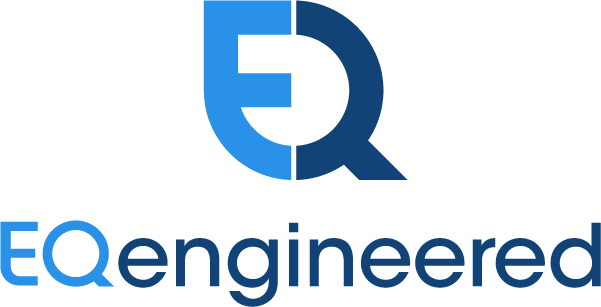Empowering Modernization: The Strategic Value of a Front-End Developer Toolkit by Seth Carney & Dakota Kim
In today’s fast-paced digital landscape, organizations face the challenge of modernizing large application portfolios. As technology evolves and user expectations rise, keeping a large portfolio of applications up-to-date can be a time-consuming and resource-intensive process. Building a robust front end developer toolkit is a great solution that empowers front end development teams to streamline the app modernization efforts efficiently and effectively.
At its core, the frontend developer toolkit is a comprehensive set of resources designed to accelerate and standardize the app modernization process. This toolkit is made up of three main components: a shared component library, a custom theme that encodes the design system and brand identity, and shared front end utilities. All of these components are unified and made even better by project bootstrap tooling, creating a powerful and repeatable set of tools for front end development.
The shared component library, whether it be Material-UI, Bootstrap, or shadcn/ui, offers a collection of pre-built, modular components that can help ensure consistency across an application. Rather than build a new bespoke component for every use case, building on top of these component libraries allows development teams to move quickly and ensure a consistent visual design across multiple applications. The custom theme represents the source of truth for a unified visual identity, allowing for easy brand alignment across the entire app portfolio. Shared utilities offer common functions and helpers that reduce redundancy and promote best practices. By leveraging project bootstrap tools, these components work in harmony to provide a solid foundation for every new project or modernization effort. Most of the tools in this kit can be shared and iterated on by various development teams by publishing the library as a private npm package.
Providing engineers with a standardized and semantically versioned npm library allows development teams to share work and bug fixes seamlessly. Copying code from one project to another and making small inline edits can prove very difficult to maintain as the enterprise codebase matures. Oftentimes, bug fixes that are made in one repository are not retrofitted into the original source they were copied from. Housing all common utility functions, components, and themes within the same repository allows all front end applications to have consistent architectures and standard practices. Depending on a given company's chosen artifactory/hosting solution, configurations can often be made to automate vulnerability scanning and ensure that the fundamental parts of their software are as secure as possible. Furthermore, utilizing the work of another development team is as easy as incrementing the consuming project package version. The node package manager, also known as npm, was built to help aid developers in managing generic code, bug fixes, features, and enhancements using semantic versions.
Using a generic front end template that adheres to the routing, security, and authentication mechanisms that a company has in place can directly reduce the amount of time it takes a development team to ramp up development on a new application. This type of basic template in unison with an enterprise allows the development cycle to start multiple steps ahead from square one.
Using the techniques described above, developers are capable of creating consistent, tested, and organized code that adheres to a specified design principle with only a couple hundred lines of code. Most of the complexity and enterprise specific configurations and styling lives within the npm package, making a majority of new development as easy as including a reference to an already existing component.
A comprehensive front-end developer toolkit is a catalyst for successful application modernization. By standardizing components, promoting visual consistency, and offering ready-to-use utilities, such a toolkit enables development teams to accelerate app delivery while maintaining high quality. For enterprises, this means streamlined workflows, reduced technical debt, and a faster path to modern, user-centric applications.
Whether you are tackling a single project or managing a vast portfolio, these tools can significantly boost your efficiency, improve output quality, and reduce visual inconsistencies across applications. As the digital landscape continues to evolve, embracing such toolkits will be crucial for staying competitive. EQengineered encourages you to explore how a front end toolkit could transform your development process and drive productivity, velocity and innovation in your organization.

